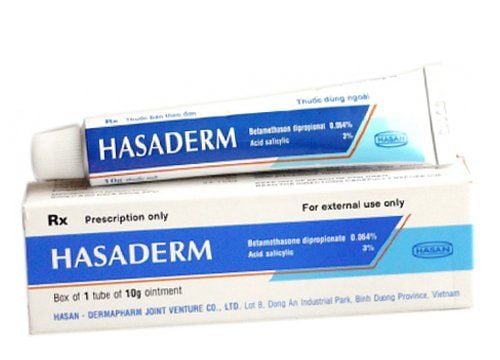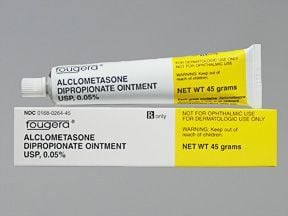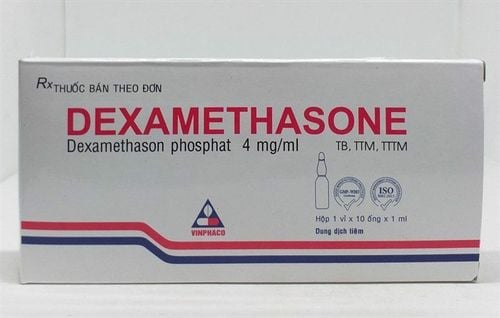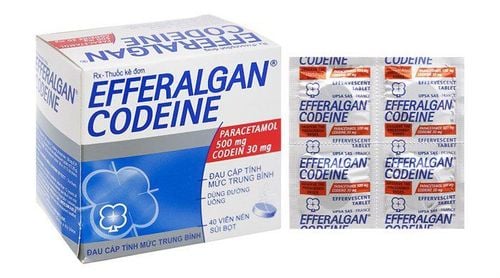This is an automatically translated article.
Polybamycin is prepared in the form of ointment for topical application, with the main ingredients in the drug being Bacitracin, Neomycin, Polymyxin B. So what is Polybamycin, what effect does Polybamycin have?1. What are the effects of Polybamycin?
Polybamycin is a combination product of 3 antibiotics belonging to the polypeptide groups that inhibit bacterial cell wall synthesis and damage the bacterial plasma membrane; The aminoglycoside group has an effect on the cell membrane and RNA synthesis of bacteria, inhibiting protein synthesis at the 30S ribosomal site.Polybamycin is indicated in the following cases:
Infected burns. Primary pyoderma such as impetigo, folliculitis, pustulosis, periungitis. Secondary infectious dermatitis such as eczema, seborrheic dermatitis, shingles, postoperative infections, skin grafts. The trauma, pus formation. Inflammation of the outer ear. Polybamycin is contraindicated in the following cases:
People who are allergic to any ingredient of Polybamycin. Precautions when using Polybamycin:
Polybamycin is for external use only. Polybamycin may cause delayed allergic reactions and shock-like states after topical application in patients with hypersensitivity. Care should be taken when applying Polybamycin to open wounds. Bacitracin can be absorbed through the wound, bladder, and peritoneal fluid, and may cause side effects, although this toxicity is usually caused by the combination of neomycin. Polybamycin should not be treated for more than 7 consecutive days. There have been no reports regarding the teratogenic use of bacitracin in Polybamycin. However, Polybamycin should not be used during pregnancy. There are no data on the use of Polybamycin in lactating women. Women who are breast-feeding should consult their doctor before taking Polybamycin.
2. Dosage and how to use Polybamycin
Polybamycin is used topically, applied to the damaged skin.Dosage of Polybamycin should be according to the prescription of a specialist, the reference dose is as follows:
Apply a little Polybamycin to the damaged skin 1 or more times a day.
3. Polybamycin side effects
In the process of using Polybamycin, you may encounter some side effects of the drug, including:Skin allergies. Ototoxicity, causing deafness in patients with extensive skin lesions or perforated tympanic membrane. If you see any unusual symptoms while using Polybamycin, you need to immediately notify your doctor or go to a medical facility for timely treatment.
4. Interaction of Polybamycin with other drugs
Neomycin in Polybamycin is incompatible with beta-lactam antibiotics. Polymyxin B in Polybamycin is inactivated by strong acids or alkalis, Ca and Mg salts, antibiotics (amphotericin, ampicillin, cephalothin, chloramphenicol, cephazoline, nitrofurantoin, tetracycline), heparin, prednisolone. The above is information related to Polybamycin, if you have any questions about the drug, please contact your doctor or pharmacist immediately for answers.Please dial HOTLINE for more information or register for an appointment HERE. Download MyVinmec app to make appointments faster and to manage your bookings easily.













